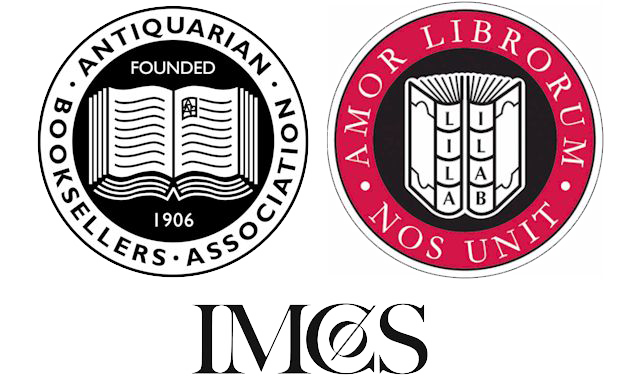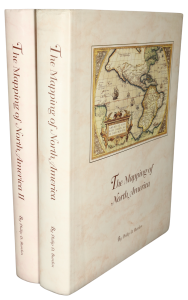Rare Maps and Prints
- World & Celestial
- North America
- West Indies, South & Central America
- British Isles
- British Isles
- English counties
- Large-scale
- Bedfordshire
- Berkshire
- Buckinghamshire
- Cambridgeshire
- Cheshire
- Cornwall
- Cumberland
- Derbyshire
- Devon
- Dorset
- Durham
- Essex
- Gloucestershire
- Hampshire
- Herefordshire
- Hertfordshire
- Huntingdonshire
- Islands
- Kent
- Lancashire
- Leicestershire
- Lincolnshire
- Middlesex
- Norfolk
- Northamptonshire
- Northumberland
- Nottinghamshire
- Oxfordshire
- Rutland
- Shropshire
- Somerset
- Staffordshire
- Suffolk
- Surrey
- Sussex
- Warwickshire
- Westmoreland
- Wiltshire
- Worcestershire
- Yorkshire
- Wales
- Scotland
- Ireland
- Western Europe
- Eastern Europe
- Middle East
- Africa
- Asia
- Australasia & Pacific
- Decorative Prints
- Title Pages
Mr. Philip D. Burden
P.O. Box 863,
Chalfont St. Giles, Bucks HP6 9HD,
UNITED KINGDOM
Tel: +44 (0) 1494 76 33 13
Email: enquiries@caburden.com
The finest and most desirable view of Savannah ever printed, formally known as the Gordon view. The result of the promotional activities of James Edward Oglethorpe for his capital of the newly founded colony of Georgia. It is rightly considered one of the finest views of the American colonial period One of “the rarest of American urban prints” (Baine & DeVorsey). Founded in 1733 near the mouth of the Savannah River the view depicts the city as it was on 29 March 1734. It is a birds-eye perspective of the layout of the streets, squares and lots of Georgia’s first permanent settlement. Baine and DeVorsey stated that the view was “a reliable and historically accurate graphic inventory of Savannah’s built environment just over a year after its founding.”
The town is laid out around four large open squares, some of the completed buildings are numbered and identified in a key in the lower margin. One of the first important features of the town was ‘The Stairs going up’ which ran from the town down the cliff to the river. ‘The Crane & Bell’ marks the structure used to hoist cargo from the river up to the town. It was built just one week after the town was founded. The key identifies an additional eleven sites, including a public oven, a fort, and a guardhouse.
For some known this has been known as the ‘Gordon view’, however it is now recognised that it was Noble Jones, the first surveyor of Georgia, who produced the manuscript plan from which this view was engraved. Peter Gordon was actually only the messenger who transported it to London and delivered it to the Trustees. It was then translated into a birds-eye perspective by George Jones and engraved by Paul Fourdrinier. Only nine examples of the view are known as being in American institutions. Baine, R. & De Vorsey, L., ‘The Provenance and Historical accuracy of ‘A View of Savannah…”, ‘Georgia Historical Quarterly’, 73 (Winter 1989), pp. 784-813; Cumming & De Vorsey, ‘The Southeast in Early Maps’, 219, pl. 55A; Deak, ‘Picturing America’, no. 87; Jones, G. F. ‘Peter Gordon’s (?) Plan of Savannah’, ‘Georgia Historical Quarterly’, 70 (Spring 1986), pp. 97-101.
The town is laid out around four large open squares, some of the completed buildings are numbered and identified in a key in the lower margin. One of the first important features of the town was ‘The Stairs going up’ which ran from the town down the cliff to the river. ‘The Crane & Bell’ marks the structure used to hoist cargo from the river up to the town. It was built just one week after the town was founded. The key identifies an additional eleven sites, including a public oven, a fort, and a guardhouse.
For some known this has been known as the ‘Gordon view’, however it is now recognised that it was Noble Jones, the first surveyor of Georgia, who produced the manuscript plan from which this view was engraved. Peter Gordon was actually only the messenger who transported it to London and delivered it to the Trustees. It was then translated into a birds-eye perspective by George Jones and engraved by Paul Fourdrinier. Only nine examples of the view are known as being in American institutions. Baine, R. & De Vorsey, L., ‘The Provenance and Historical accuracy of ‘A View of Savannah…”, ‘Georgia Historical Quarterly’, 73 (Winter 1989), pp. 784-813; Cumming & De Vorsey, ‘The Southeast in Early Maps’, 219, pl. 55A; Deak, ‘Picturing America’, no. 87; Jones, G. F. ‘Peter Gordon’s (?) Plan of Savannah’, ‘Georgia Historical Quarterly’, 70 (Spring 1986), pp. 97-101.
JONES, Noble and George
A View of Savannah as it stood on the 29th of March, 1734
London, 1734
410 x 560 mm., in excellent condition.
Stock number: 6352
SOLD






